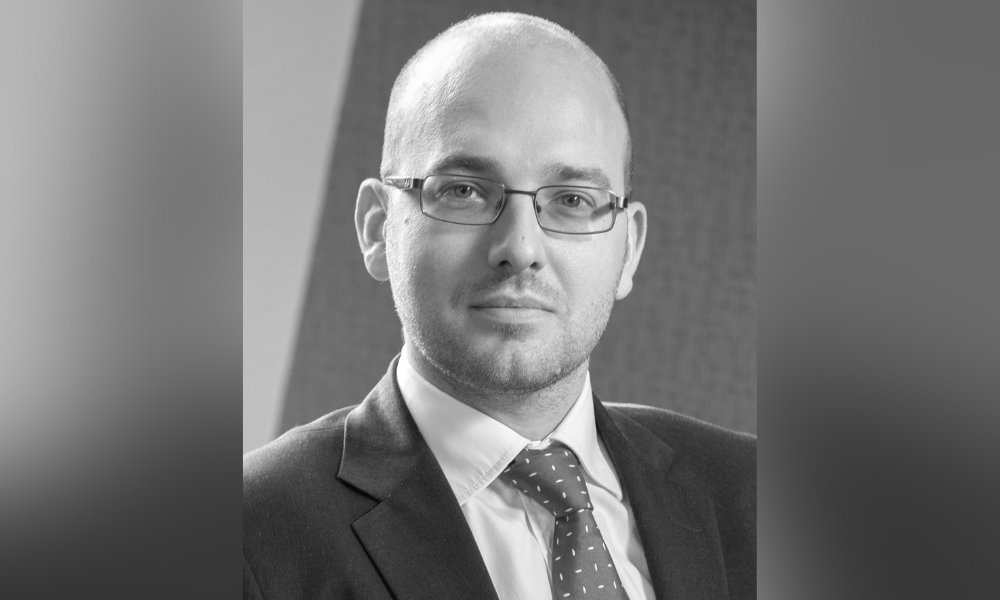Why a small rate rise today is so much more painful for your clients

The Bank of England’s Monetary Policy Committee has continued to increase the base rate in recent months, with the latest rise putting it at 2.25%. However, while many have pointed to the fact that this is still far lower than rates at previous points in history, Neal Hudson (pictured), founder of BuiltPlace, said that repayments at 14% in the 1980s are equivalent to repayments of just 3% now.
“Mortgages are now at much higher multiples of income, MIRAS is no longer available, and most mortgages are on a repayment basis,” he explained.
He noted that the rising base rate might suggest a return to ‘normal’, but he outlined that this is not the case because of the level of exposure borrowers face in the current market in relation to the economic impact of interest rate rises. As such, Hudson explained that increases to interest rates in the current market will negatively impact borrowers significantly more than they did in the past.
Read more: Is the UK in a recession? How will it affect housing market
The main reason for mortgage borrowers being more exposed in today’s market, Hudson said, is because customers borrow more in comparison to their income as house prices have not risen in line with wage growth.
“It is a feature of repayment calculations, as such, in today’s market - small changes to rates will have drastic impacts, whereas in the past this was not as much the case,” said Hudson.
Hudson believes that ever higher mortgage rates will continue to stretch the gap between what sellers want and what mortgage-based buyers can afford.
What impact will this have on house prices?
In order to balance out rising interest rates, Hudson explained that a drop in house prices is likely to occur as affordability calculations by lenders become impossible for many to meet.
“Prices are already looking over-valued by 14% as of July 2022. A mortgage rate of 4% suggests prices would be nearly 40% over-valued. This would require a 28% price fall to get average UK house prices back to an affordable level,” he said.
Because of rising rates and the level of exposure borrowers are currently experiencing given market conditions, Hudson believes there could be a double-digit price fall in the near future.
“The chance of a double-digit price fall is very high. A 10% drop would only bring house prices back one year, and a 20% decline would put house prices back to pre-pandemic levels,” Hudson added.
Read more: Annual house price growth drops to single digits – Nationwide
However, he noted that a decline in excess of 20% would be disastrous for the market and the country as a whole.
“The decline in house prices, and how severe it is, depends on where mortgage rates end up and how far borrowers can stretch their affordability - but this relies on whether lenders will relax their calculations to match new market conditions,” he said.
However, he noted that current economic conditions mean lenders take fewer risks, which means it is less likely they will allow borrowers to stretch affordability further. Hudson believes that as prospective buyers start to struggle to borrow enough to meet the high price expectations of sellers, activity levels will fall.
As a result, Hudson expects this to lead to a stagnating housing market, which he said will not immediately be disastrous, but he believes it will contribute to a weaker economy through all the various business directly and indirectly associated with housing transactions.
“Overall, I believe there is a storm coming which will be tough to weather,” Hudson said.



